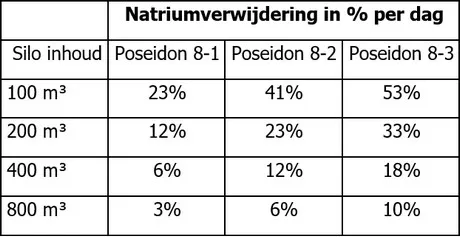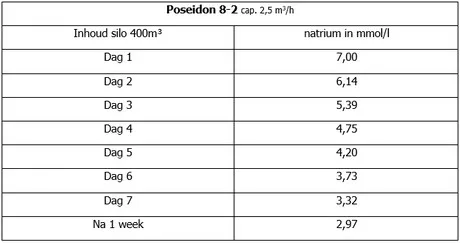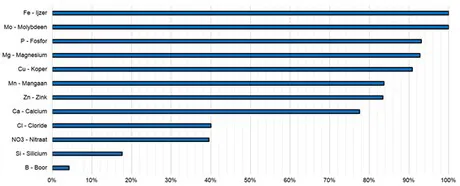It is (or actually ‘was’) a challenge to remove sodium from water and, at the same time, to retain as many nutrients as possible. Van der Ende Groep developed the Poseidon to meet the above task, and it was achieved - the first 20 installations have now been put into operation.
Growers mainly focus on the sodium content. Micha van Nieuwkerk from Van der Ende Group: "They are seeing a sharp drop in sodium levels. So that fully meets the expectations. An additional advantage of Poseidon is that less has to be discharged. In the dry year of 2018, that worked out well for many users. They did not have to cope with a water shortage. Poseidon therefore saves water in comparison with the former situation."
Relative removal
Every day Poseidon removes part of the sodium that is present in the water. In this way the sodium content is reduced in steps. The most common types of Poseidon are 8-1, 8-2 and 8-3. Each type is indicative of the capacity. The sodium removal percentages then look as follows with different silo contents:
Table 1: Sodium removal in % per day
The practical effect looks like this for Poseidon 8-2 with a silo content of 400 m3:
Table 2: Example of sodium decrease per day in a week
Nutrient retention
The roots of the plant absorb the nutrients. The provided nutrients are dissolved in the water. Naturally, the grower does not want to lose what was initially not absorbed. Poseidon is focusing on this, Micha says. "The installation uses a special membrane technology. This removes sodium from the drainage water while retaining as many nutrients as possible. This is possible because sodium has a different element size: the nano filtration membrane allows sodium through and retains the nutrients. This is how the elements can be separated from each other."
Table 3: Saving on nutrients
Zero emission
In 2027, the government will require zero emissions from growers. Employees from Van der Ende Group are proactive on this; the product developments are in full swing. Micha: "The next step is to realize even less discharge."
For more information:
Van der Ende Groep
sales@vanderendegroep.nl
www.vanderendegroep.nl
